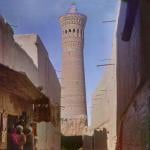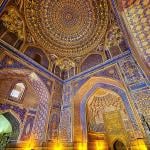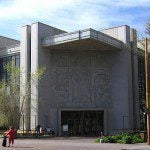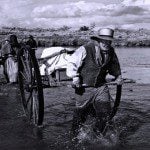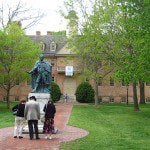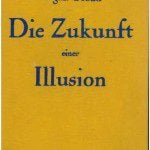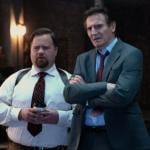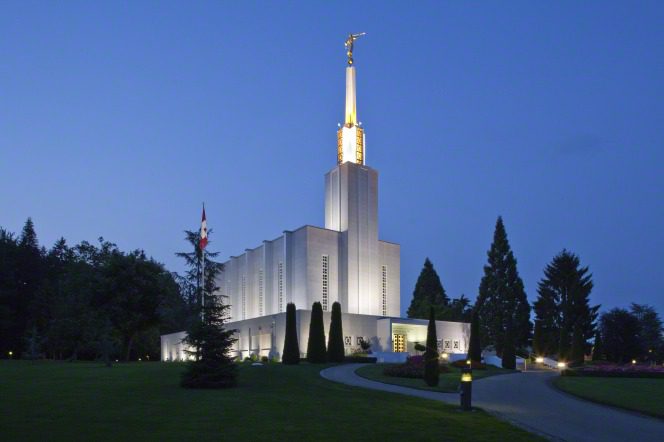
Even over here in Uzbekistan, I’ve seen the report that, on a vote of 5-2, the city council of Fairview, Texas, has given grudging conditional approval for construction of a proposed Latter-day Saint temple in their small town, which is located in the greater Dallas-Fort Worth area. The approval comes after a lengthy and often rather acrimonious process that involved refusals, compromises by the Church, architectural modifications and reductions in size, and considerable commentary, not all of which was helpful.
In such cases where there is vocal opposition, it is difficult to know how widespread the opposition actually is. Do the opponents represent a local consensus? Are they merely a minority of loud activists? And what are their actual reasons for opposing the building of a temple? Are the stated motivations — e.g., concerns about lighting, the height of a steeple, and/or traffic — the real ones? Are there theological objections that the opponents are too savvy or too embarrassed to openly acknowledge? (Sorry but, since we’re talking about Texas, that’s not entirely inconceivable.)
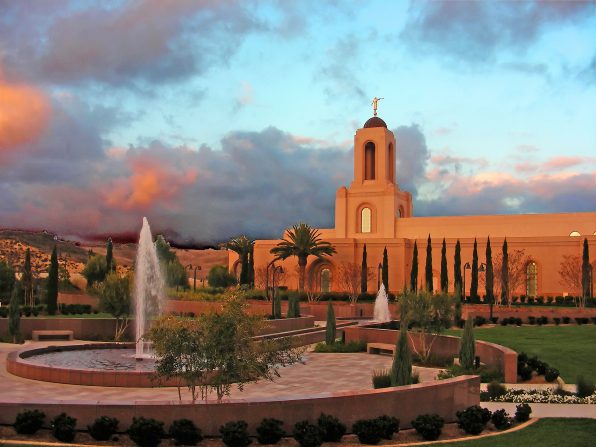
Lighting and traffic were the common stated concerns for opposition to the Newport Beach California Temple. But I remember watching an online petition against that temple as the controversy raged. Many comments on the petition were overtly anti-Mormon. We were, a number of signers indicated, heretics, blasphemers, racists, misogynists, bigots — and altogether unwelcome in the community no matter what our lighting arrangements were and no matter how well the traffic flowed. I sincerely hoped that those comments would actually be submitted to the relevant government authorities along with the petition itself.
I’ve spent a lot of time in Newport Beach since then, and the temple has proven to be a beautiful asset to the neighborhood. Moreover, I can’t imagine that it generates even a fraction of the traffic that is caused by the enormous evangelical Protestant megachurch complex that sits just a minute or two down the road from it.
It may shock you to know that some opponents to our temples don’t even always act in good faith. An example: I served in the mission home in Zürich during the last part of my time as a missionary in Switzerland. On one occasion, I spent some time reading through press clippings related to the construction and dedication, two decades before, of what is now called the Bern Switzerland Temple. One article particularly amused me. It showed an image of the Salt Lake Temple — which is already many times as big as Switzerland’s much more modest structure — enlarged to perhaps four or five times its actual size and superimposed on the area where the Church hoped to build a smallish temple for its European membership. “Do you want this in your neighborhood?” the article demanded. And, of course, no sane person would want such a monstrosity in his or her community. Heck, it was tall enough that it would probably change the local weather.
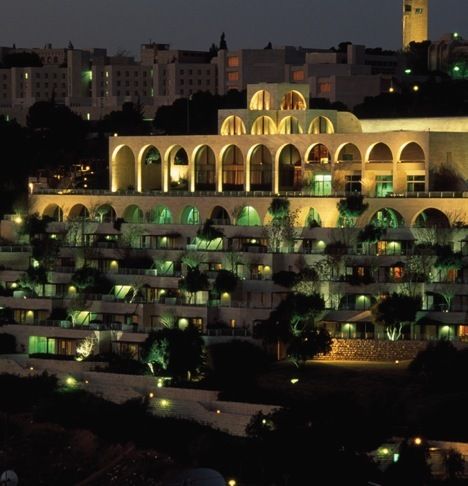
During the period of construction for Brigham Young University’s Jerusalem Center for Near Eastern Studies in the mid-1980s, there was fierce opposition to it, including rallies and debates in the Knesset, television shows, newspaper editorials, and even thinly-veiled death threats. At one point, the anti-Mormon charlatan Ed Decker brought his carnival sideshow to town, screening his ridiculous but once wildly popular 1982 pseudo-documentary film, The God Makers, to a Knesset subcommittee. (I was told by someone who was there for the showing that the awkward silence at the end of the film was broken by the subcommittee’s chairman, who said, simply, “I’ve seen similar films about Jews.”)
BYU’s Jerusalem Center has now been a significant fixture of Jerusalem’s physical and cultural landscape for nearly four decades and, as far as I can determine, is a well-received and even perhaps beloved place. I’m hoping that, after the controversy in Fairview subsides and the completed temple is accepted as a part of the community, there will be a similar evolution in attitudes there. (As things stand, the majority of Fairview’s residents may already be fine with it. I simply don’t know.)
My late father-in-law was involved with preparations for the Denver Colorado Temple, where there was also a great deal of opposition. (The temple was finally built on the third site that was selected for it, after being rejected at the two previous proposed locations.) I find it hard to believe that anybody in the area resents it now, unless the resentment be grounded in theological reasons. There was at least some opposition to the Preston England Temple, as well, including fears that the temple would ruin the area. It hasn’t.
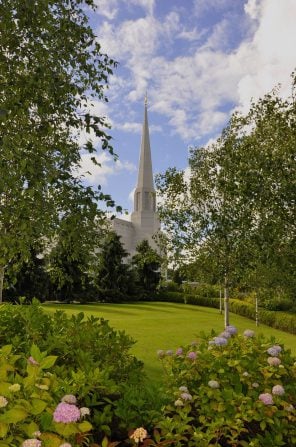
I am pleased that legal processes were followed in Fairview. Some, of course, would have the Church cave in at the very first whiff of opposition, which, they allege, is the way a real Christian church would react. They suggest that we’re bullies if we don’t surrender, if we make any effort to defend our rights. However, if we followed the policy they suggest we might not ever be able to build anything.
A friend was a Rhodes Scholar at Oxford when the local Latter-day Saint congregation was building a relatively humble chapel. There was opposition in that case, too. One of the objections was that, when it was completed, the new chapel would bring in raucous late-night parties and undesirable elements. Yup. That’s exactly how we roll.
Many years ago, I read a letter to the editor of the Salt Lake Tribune from a woman who had, she said, moved to Salt Lake City from Ohio some while before. She was writing to express her irritation at the fact that there were “Mormon churches on every corner.” Far too many of them, in her opinion. (I didn’t write a letter in response, but I wanted to point out to her that we had fled Ohio during the previous century. Now, though, that she had followed us to Utah from Ohio, did she want us to abandon our homes and move again?) I doubt that she would be very receptive to proposals to build still more Latter-day Saint buildings in her area. And there was another lady who wrote, on a website that I skimmed a decade or two ago, to voice her outrage at the fact that, as she drove to her own religious services on Sundays, she was obliged to pass by other churches — she expressly mentioned the Latter-day Saints and the Catholics — where “perverted” forms of Christianity were being preached. I expect that, if she lives in Fairview, Texas, she was probably active in the opposition to the temple there.
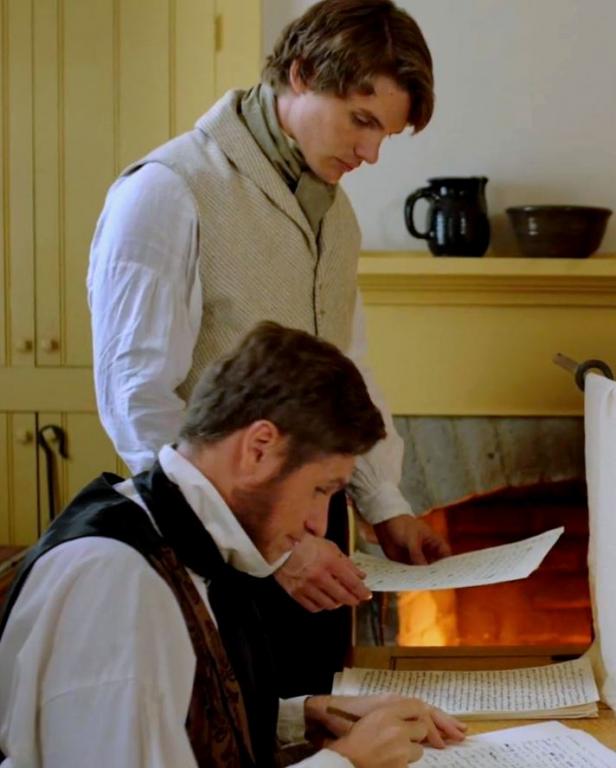
Paul Wuthrich has played lead roles in the Interpreter Foundation’s theatrical films Witnesses and Six Days in August and in its docudrama Undaunted Witnesses of the Book of Mormon, as well as in the T. C. Christensen movies Escape from Germany and Raising the Bar. Some of you, I think, might enjoy this 42:50-minute interview with him: “Paul Wuthrich: The Price of a Consecrated Life”
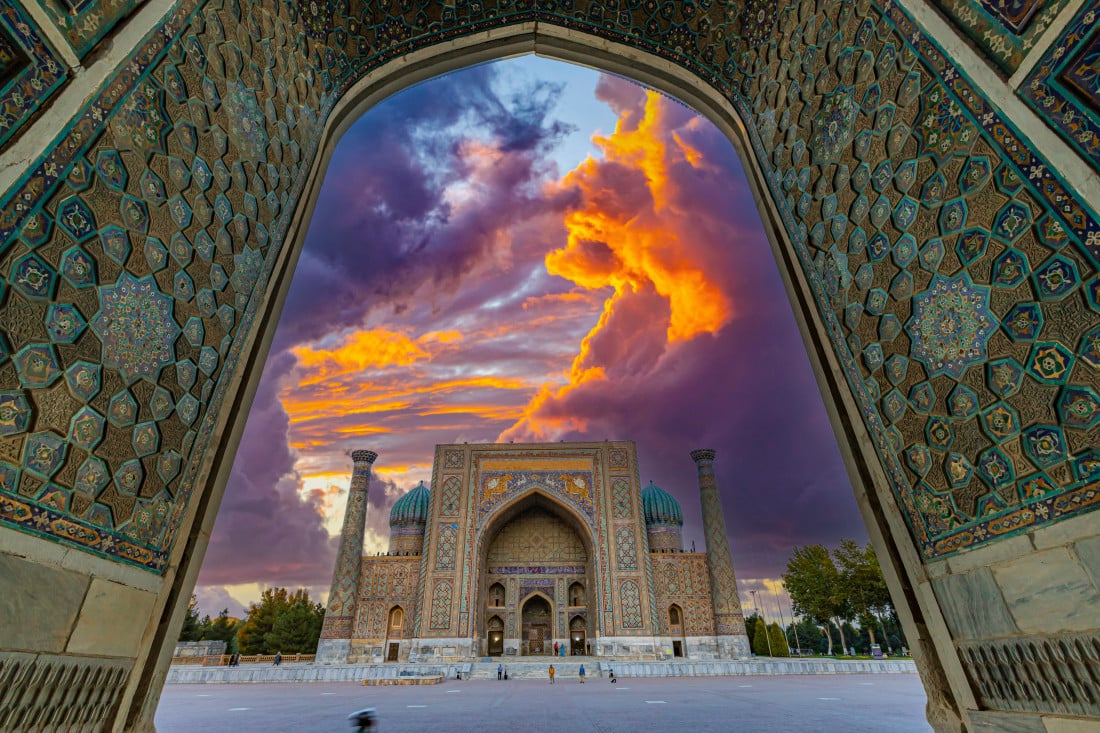
Philip Leaning, a commenter on this blog in New Zealand, called my attention to the following two brief videos, the second of which is directly relevant to where I am right now, in Samarkand.
“Joanna Lumley’s Silk Road Adventure | Discovering the Ruins of Persepolis” (4:42 minutes)
“Joanna Lumley’s Silk Road Adventure | The Afrasiab Museum of Samarkand” (3:23 minutes)
I would like to see the rest of the series. I’ve actually been in Persepolis, as well, although on a separate trip many years ago. The former ceremonial capital of the Achaemenid Empire (ca. 550–330 BC), it’s a spectacular site. Alexander the Great — there’s that “the Great,” again! — and his army conquered Persepolis in BC 330 and pretty much destroyed it. I recall climbing up into the hills overlooking the city with an Iranian-American academic acquaintance who is very much a Persian nationalist. Overlooking the vast ruins, he muttered to himself (not for my benefit, but I overheard it nonetheless): “Damned Arabs!”

As is my frequent custom, I close with a small sampling of outrages from the Christopher Hitchens Memorial “How Religion Poisons Everything” File:
“Latter-day Saints around the World: April 2025: Uniting with other faiths in Costa Rica, Australia and the Cook Islands as emergency dispatch center in Ghana receives upgrade. Newsroom features stories from its dozens of websites worldwide to show what members and leaders of The Church of Jesus Christ of Latter-day Saints are doing to serve their communities. Today, we feature news from Australia, the Cook Islands, Costa Rica, Ghana, Mexico and Peru.”
As if there were really a need for it, here is still more proof, from the Washington Times, that the only thing that the Church of Jesus Christ of Latter-day Saints really cares about (beyond inflicting pain) is exploiting poor people and accumulating scads of money: “B.A. for $6K: BYU-Pathway pioneers three-year degree for four-figure price tag”
And I hope that this report, from Barbados Today, makes you as angry as it makes me: “New CT scanner donated by Mormon Church ‘to transform emergency care.’” Why can’t theists simply leave other people alone?
Posted from Samarkand, Uzbekistan


